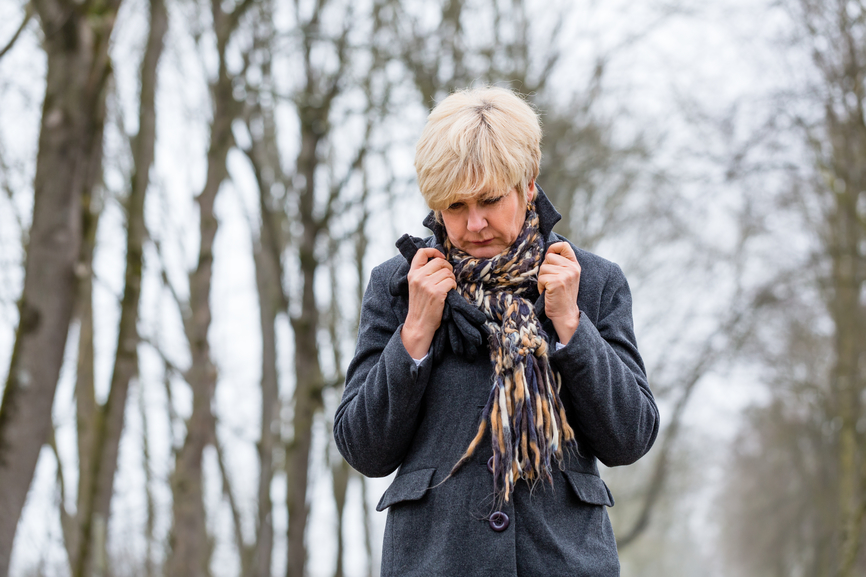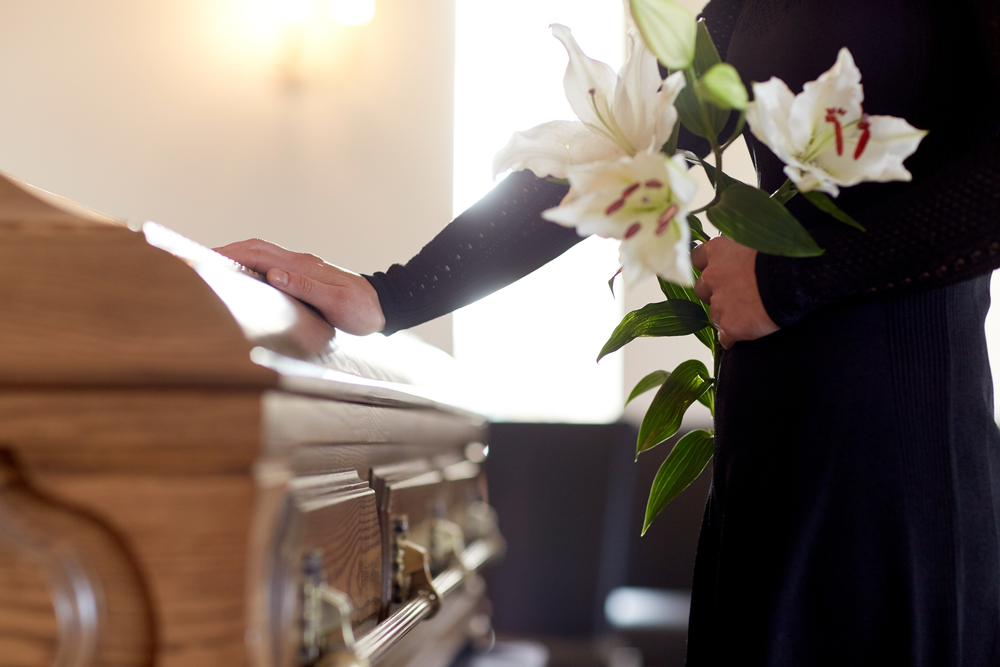Seasonal Affective Disorder is a common mental state which manifests during fall and winter and shares many symptoms of depression. This article offers a basic understanding of Seasonal Affective Disorder – otherwise known as SAD – and provides helpful measures to cope with the common mental state.
You may have a few questions:
- What is SAD? How common is it?
- Is it a true disorder despite being so common?
- And how can I help myself or a loved one who is affected by SAD?
For starters, Seasonal Affective Disorder is a fairly common diagnosis with more than 3 million reported cases annually and more than 10 million Americans living with the condition today. Essentially, SAD is less a disorder than an exacerbation of a low-grade depression. In fact, most of its signs and symptoms are the same as depression; sleep disturbance, lowered mood, reduced motivation and energy, changes in appetite and more. Most cases of SAD are reported in the late fall and beginning winter seasons just when the Earth’s rotational axis turns the North American continent away from the sun. One of the chemicals affected in the brain is serotonin. Nerve cells within the human body create the chemical and release it throughout the central nervous system causing the brain to experience happiness, positive thoughts and increased energy. Studies suggest this chemical is reduced when some individuals experience the reduction in sunlight, resulting in the underlying depression becoming exposed.
Specialists have determined that the following have been effective interventions.
Psychotherapy
The goal of psychotherapy is to help patients become more aware of their feelings. Through this process, one will begin to understand the cause(s) of their depression. Often, the mere expressing of thoughts and feelings provides the beginning of some relief.
Physical activity
Our bodies depend on physical activity year-round to combat health related issues. When fall and winter come it is best not to act on what might feel easy by limiting yourself passively to the confines of your home. It is beneficial to seek out physical activity every day. Doing so will help stimulate and increase the endorphins within your brain including serotonin.
Light Therapy
Light Therapy is common for people with the SAD. The individual will sit next to a particularly bright light for periods up to 30 minutes at a time. During that time, the bright light stimulates cells in the retina which helps to stimulate circadian rhythms.
Creating lists to manage stress
When one is feeling unmotivated and more depressed than usual it is common for tasks to go undone. To prevent this, you might create a to-do list to manage your daily tasks which will ordinarily produce a sense of accomplishment.
Staying connected with friends and family.
More common than not, feelings of isolation and loneliness become frequent in an individual experiencing SAD. It is helpful to maintain connections with friends and family. This also is beneficial as it provides access to trusted individuals where with whom they may share their feelings and concerns. Initial steps look different for people depending on their level of comfort. Importantly, it is clear that you bring your concern to someone with whom you feel close. This may be your spouse, family, and friends so others may be informed and provide the support and understanding. Many people who suffer from depression state that they experience feelings of loneliness on a consistent basis. It is when this feeling of loneliness paired with a feeling of helplessness when one may be at risk for a deepening of their depression and possibly suicidal thoughts. It is important to understand when someone is in the midst of experiencing depressive and suicidal thoughts they may not think rationally. When any of us are in this kind of pain, involvement with others is imperative; giving into the desire to isolate yourself is probably the worst thing to do.
My goal during the psychotherapy sessions is to engage a person in talking about the difficulties they are having and offer professional, informed support. The reality is, all schools of therapy have proven beneficial to patients. For most therapists their knowledge and experience of psychotherapy usually provides benefit and will help them to develop an understanding of each patient’s needs. I am confident psychotherapy may benefit someone suffering from the effects of SAD condition.
If you or a loved one have been affected by SAD, please reach out for more information or guidance contact David P. Stanislaw at (248) 645-2777.
Source: Mayo Clinic


 Breaking the Cycle: Healthy Parenting Tips for PTSD Survivors
Breaking the Cycle: Healthy Parenting Tips for PTSD Survivors How Bereavement Counseling Helps with Loss
How Bereavement Counseling Helps with Loss Long-Distance Relationships and Loneliness
Long-Distance Relationships and Loneliness